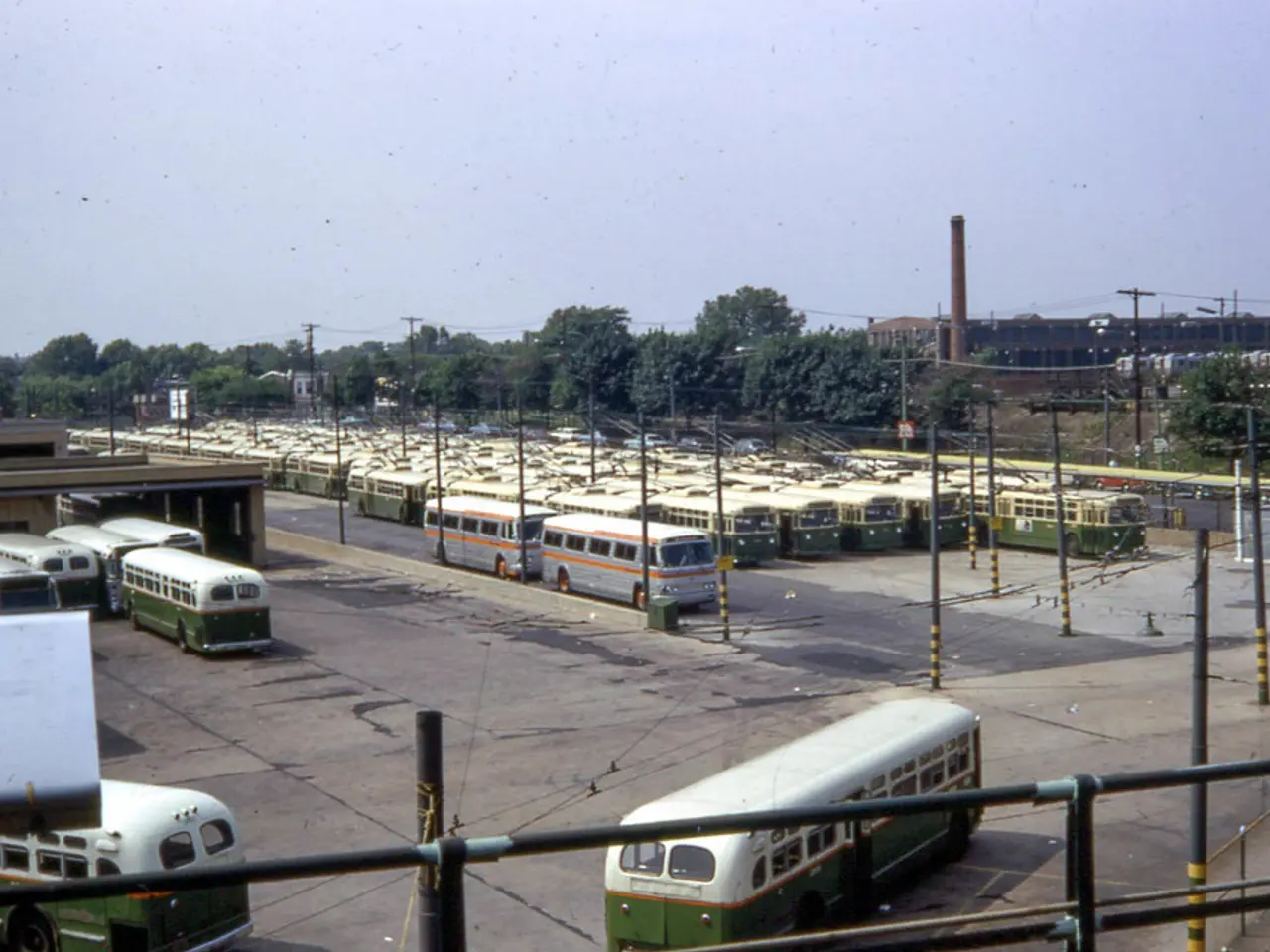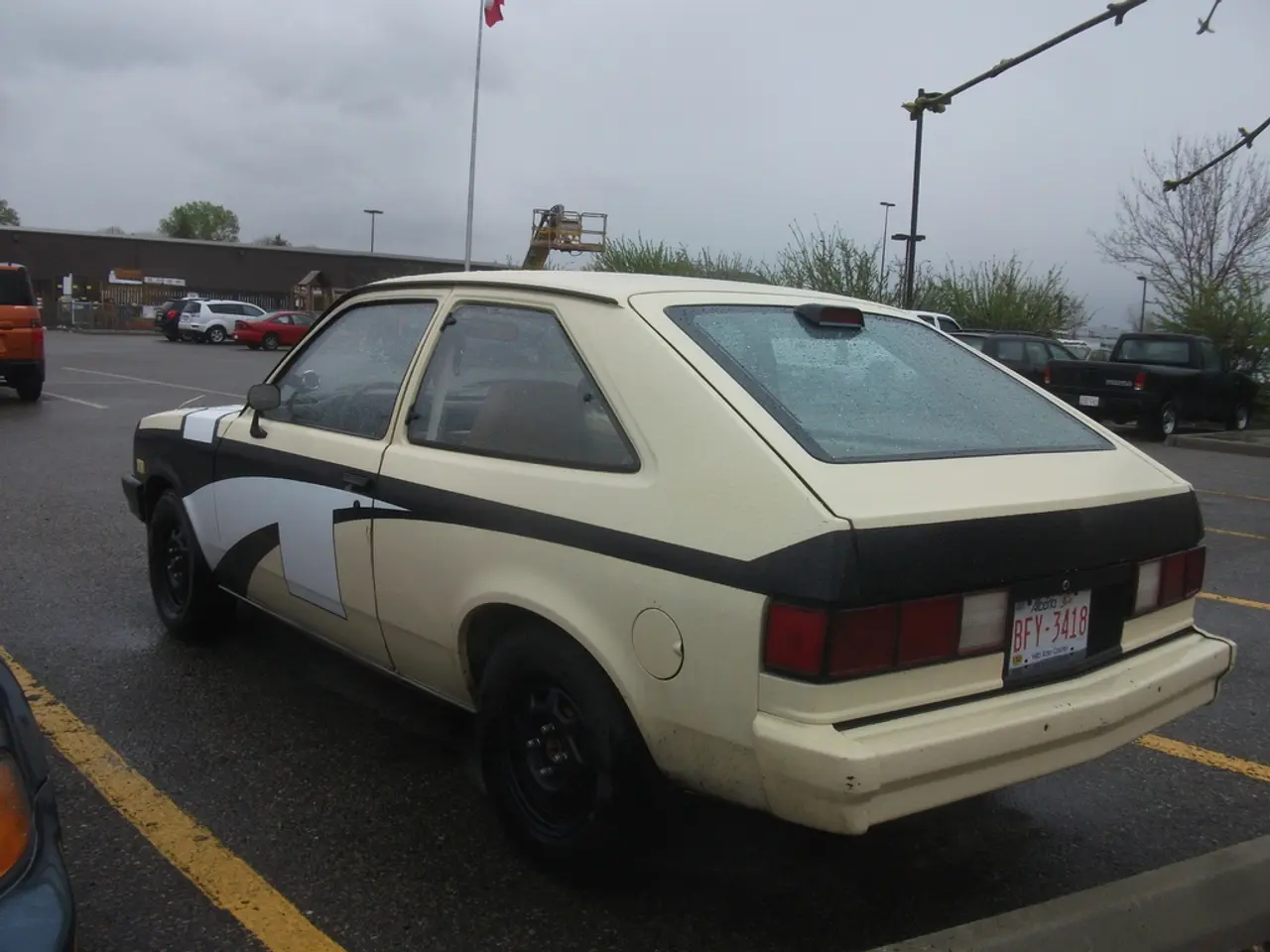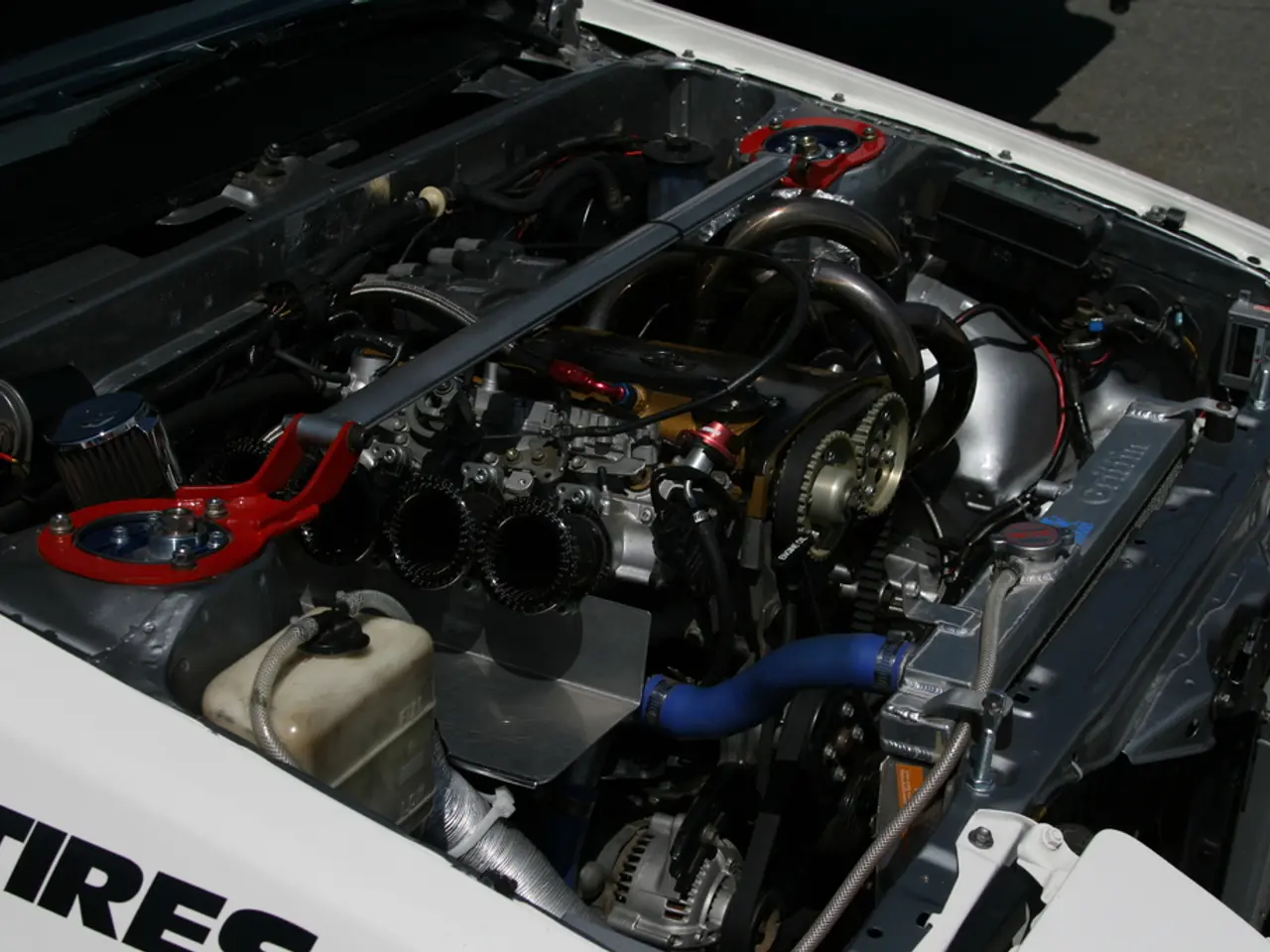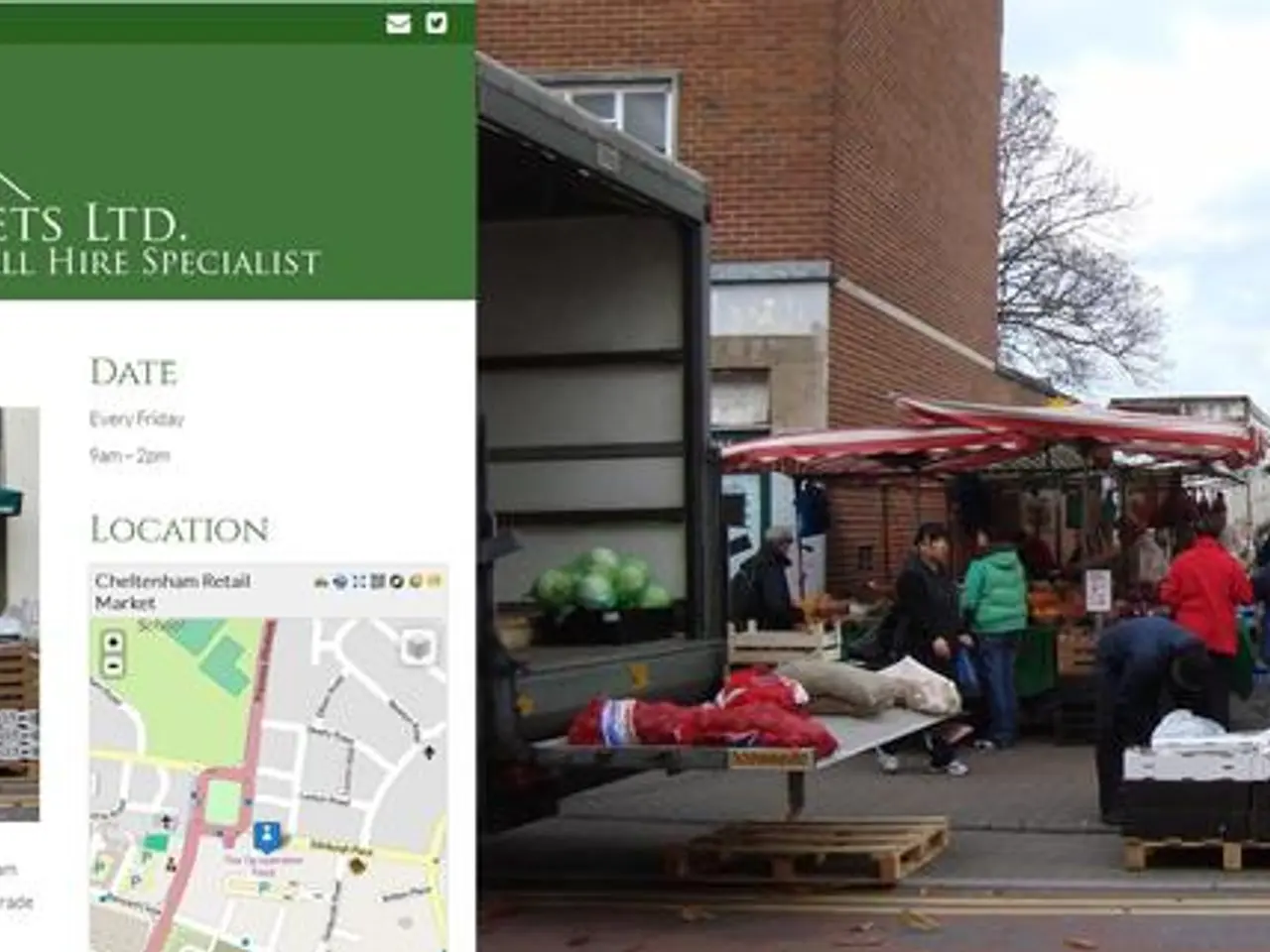Unearthed Remains of Old Gasworks Found During Rees Bus Station Renovation
In the heart of Rees, a small town in Germany, an unexpected discovery has been made during the construction of a new bus station. The remains of a historical gasworks, which once provided coal gas and coke to the local community, have been uncovered.
Dating back to around 1899, as evidenced by historical records and a cadastre map from that year, this gasworks would have played a significant role in the town's energy supply before the advent of modern natural gas. The operation of such gasworks involved coal being heated to produce 'town gas' for lighting, heating, and cooking, with byproducts like coke and coal tar being notable outputs.
The discovery of these historical remains usually triggers detailed archaeological and environmental assessments to identify potential contaminants and manage soil remediation. In this case, the city of Rees is working closely with the Lower Soil Protection Authority of the Kreis Kleve to properly document and dispose of the tar pit and building structure found.
The construction of the new bus station, initially estimated to extend up to the end of 2025, has been slightly affected by this discovery. However, plans for the Rees Kirmes, a local festival, have been adjusted accordingly to ensure a smooth continuation of the project.
The renovated bus station is set to offer a significant improvement in the boarding and alighting situation, thanks to barrier-free bus stops with sufficient space. The traffic management concept will provide better maneuvering areas for buses, especially articulated buses, thanks to road guidance.
The area of the bus station is being expanded from 757 square meters to around 2,271 square meters. The new mobility station will offer a central waiting area with seating, two fully greened waiting halls, taxi waiting bays, covered bicycle racks, ten bicycle boxes, and appropriate greenery.
To keep passengers well-informed, the new bus station will display dynamic passenger information systems, similar to those already in use at the train station in Empel, to display the currently expected bus lines.
The Verkehrsverbund Rhein-Ruhr (VRR) is providing 1.4 million euros for the renovation of the bus station in Rees, with the city of Rees contributing additional funds to bring the budget up to approximately 1.6 million euros.
As the construction progresses, more details about the specific operation of the gasworks found at the Rees bus station site and its impact on the project will become available. For inquiries, consulting the local council, project engineers, or specialized environmental consultants involved in the project would be advisable.
[1] For examples of similar gasworks discoveries and their impact on urban redevelopment projects, further research can be conducted on projects such as the redevelopment of the Gasometer in Vienna, Austria, or the Gasometer Oberhausen in Germany.
- The unexpected discovery of the historical gasworks in Rees may also uncover financial opportunities, as the sale of coke and coal tar byproducts might have been a source of income for the local community during the manufacturing industry's heyday.
- As the city of Rees collaborates with the Lower Soil Protection Authority, the finance sector could play a role in addressing the potential environmental contaminants found during the assessments, ensuring public-transit routes remain safe and reliable.
- Apart from the enhancement of the public-transit system with the renovated bus station, modern solutions like dynamic passenger information systems, similar to those at Empel's train station, could revolutionize transportation across the town, increasing its attractiveness and connectivity to neighboring regions.




